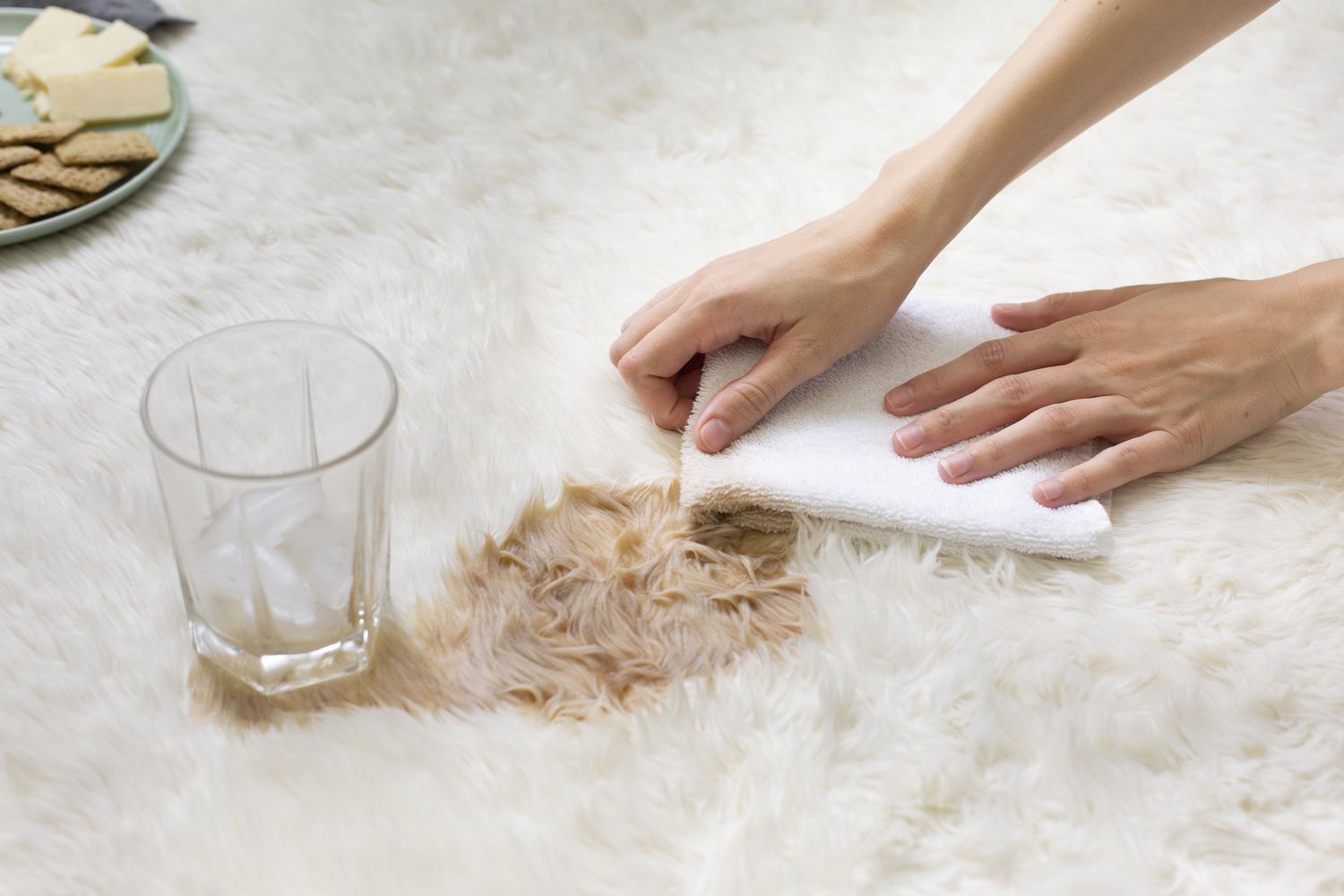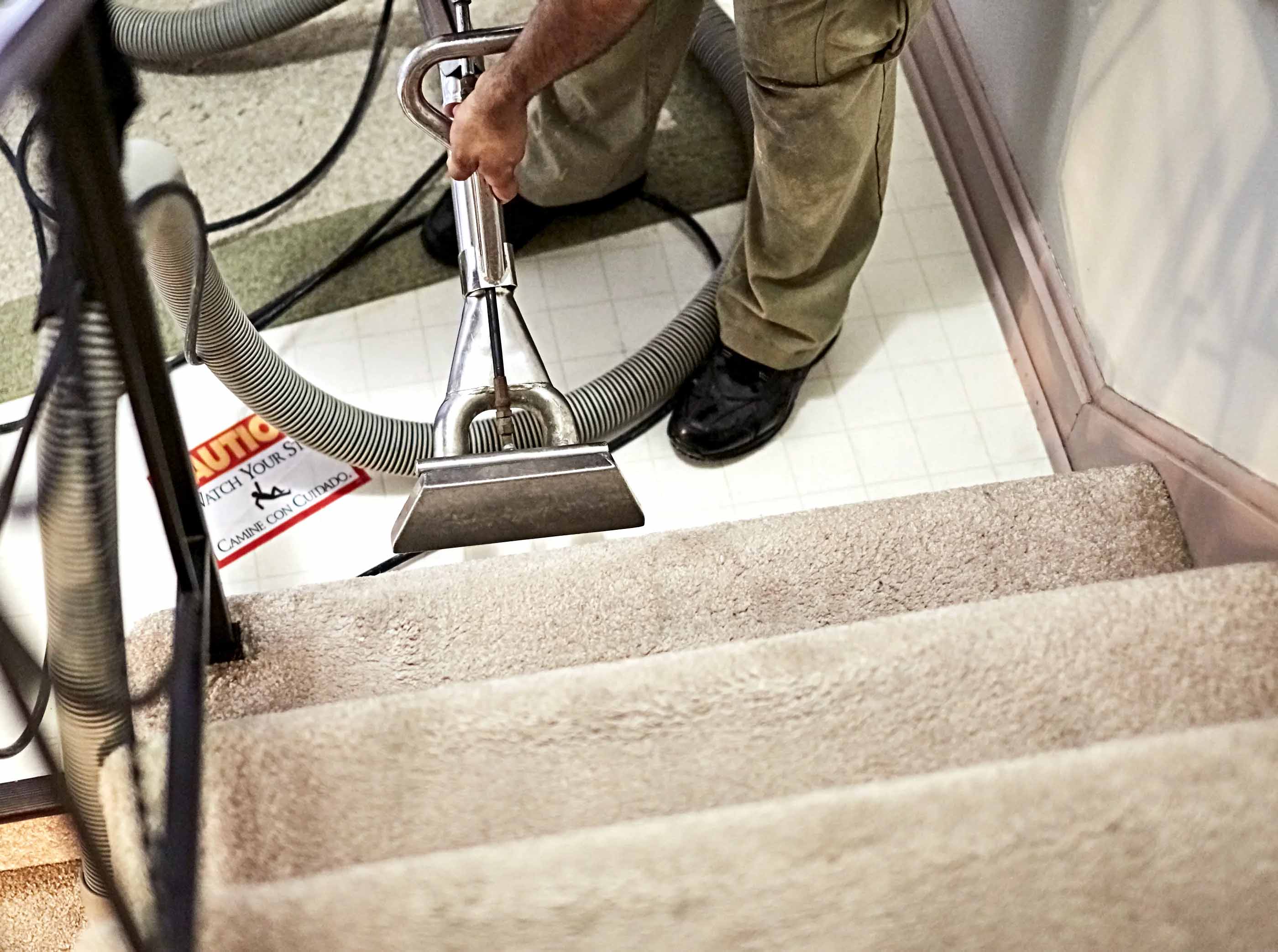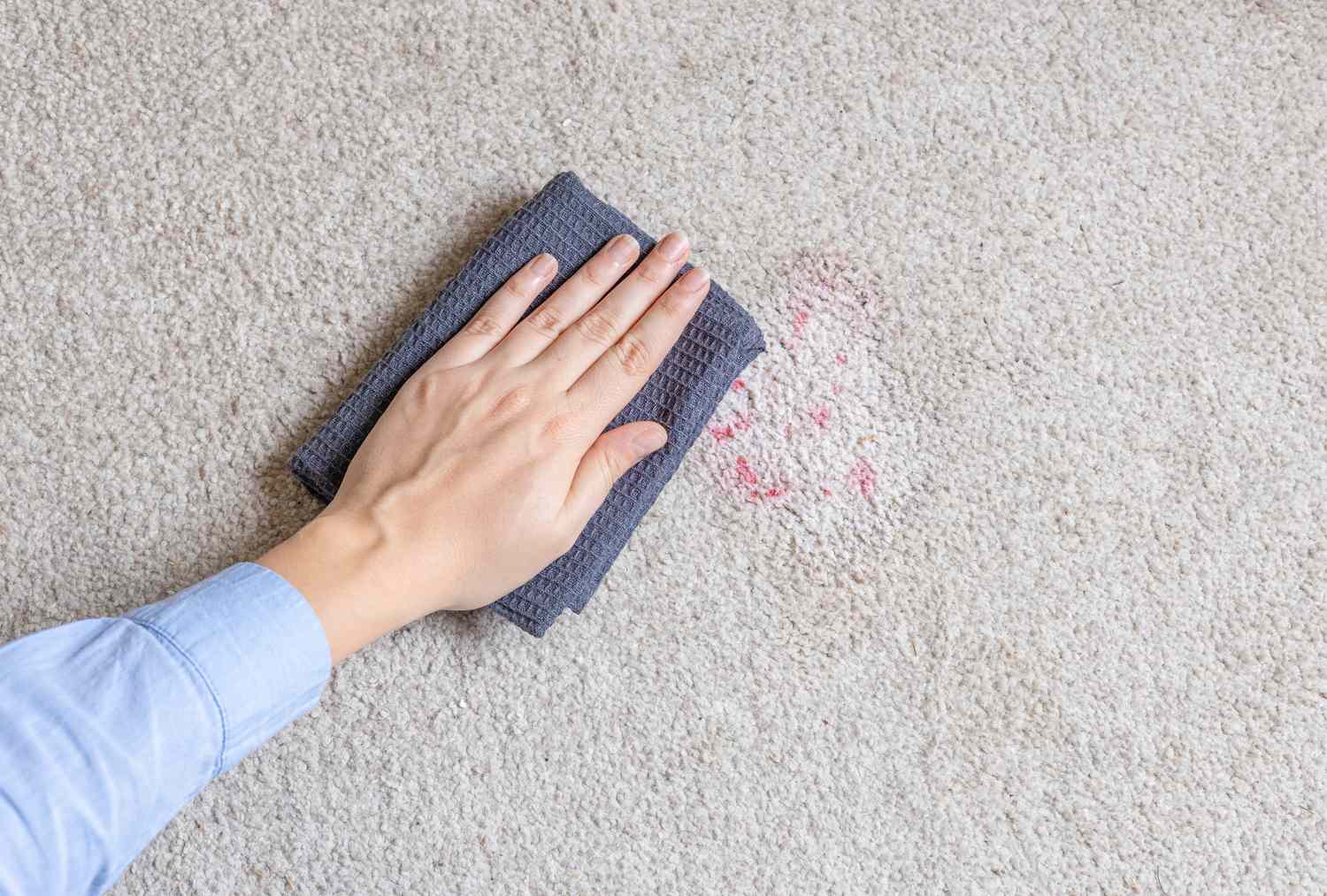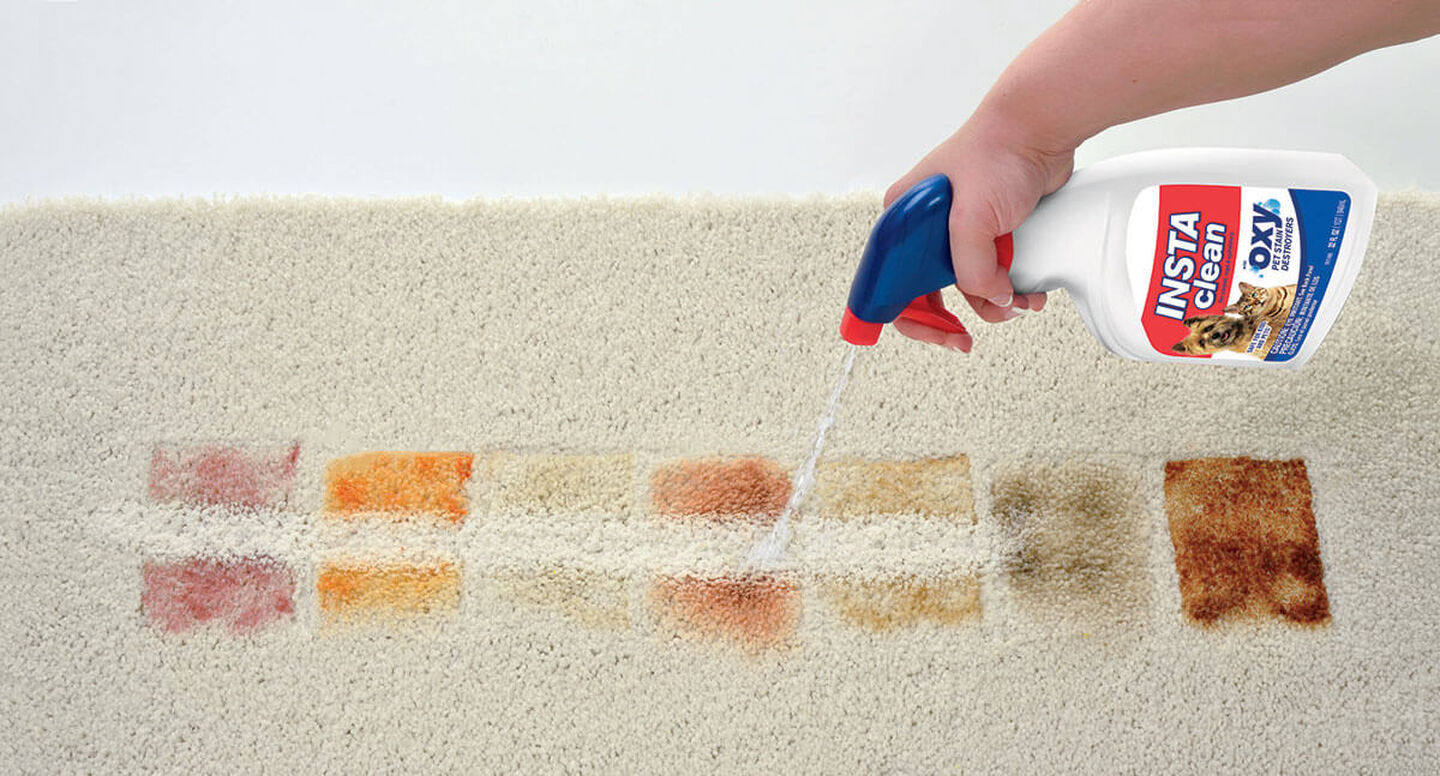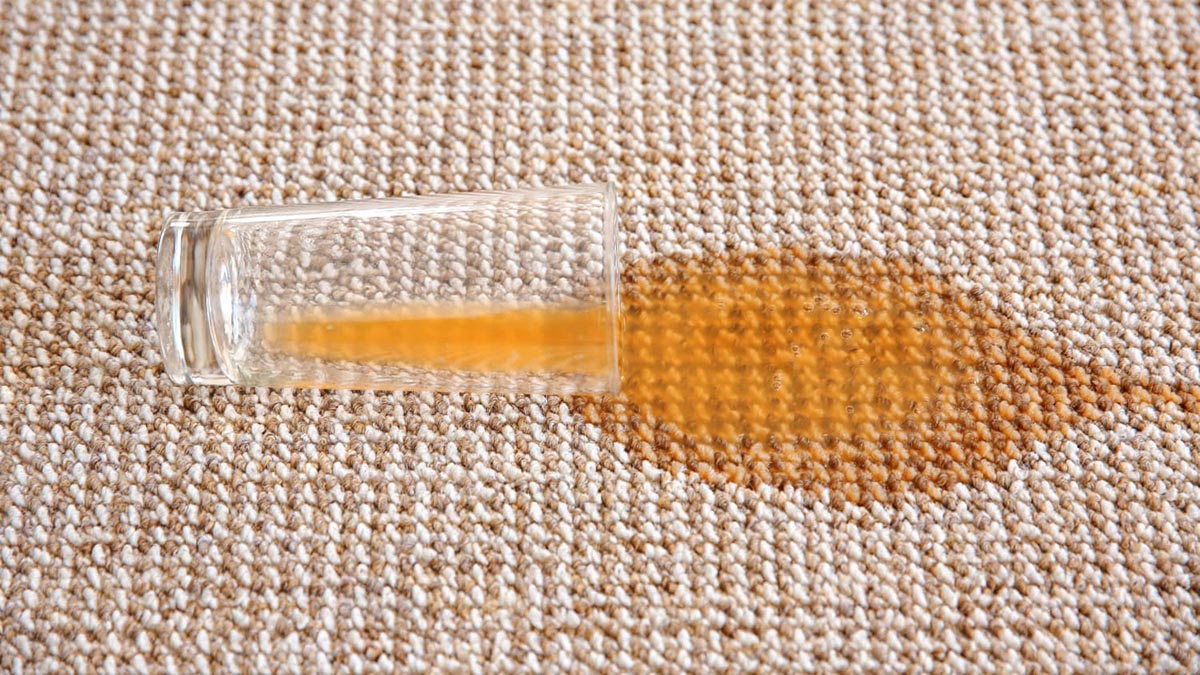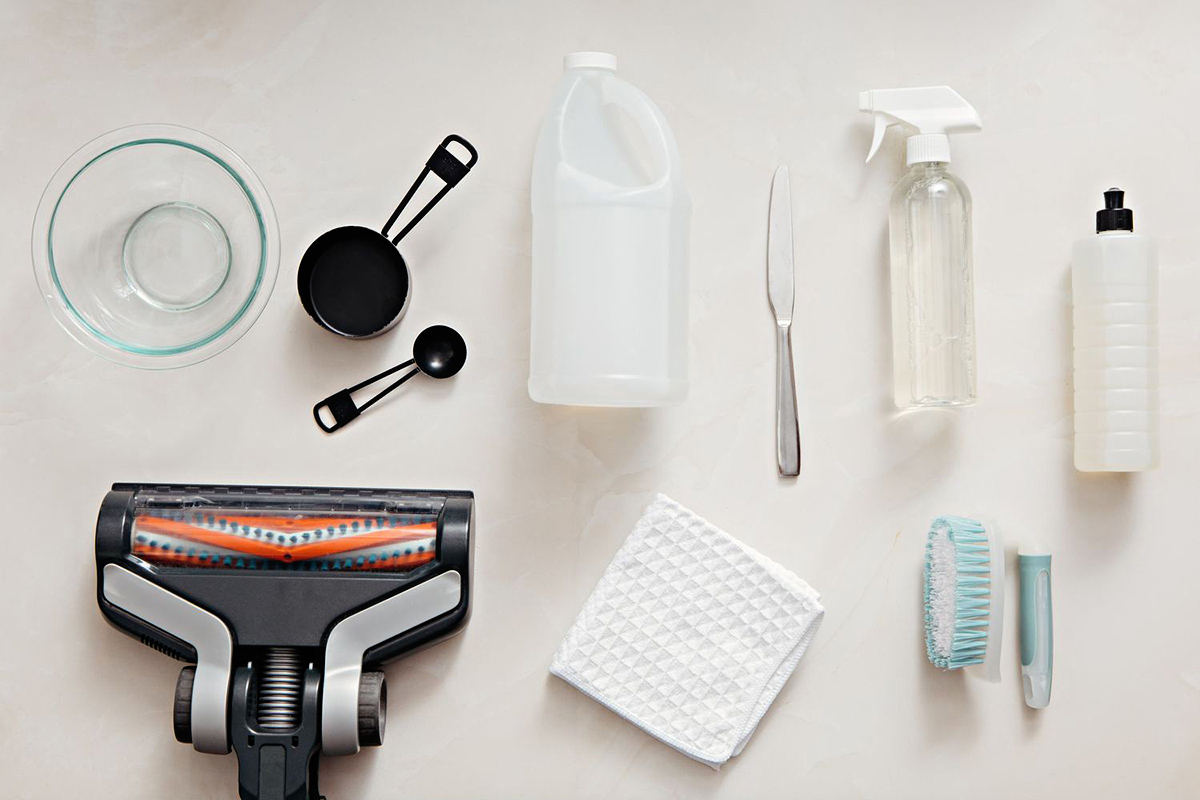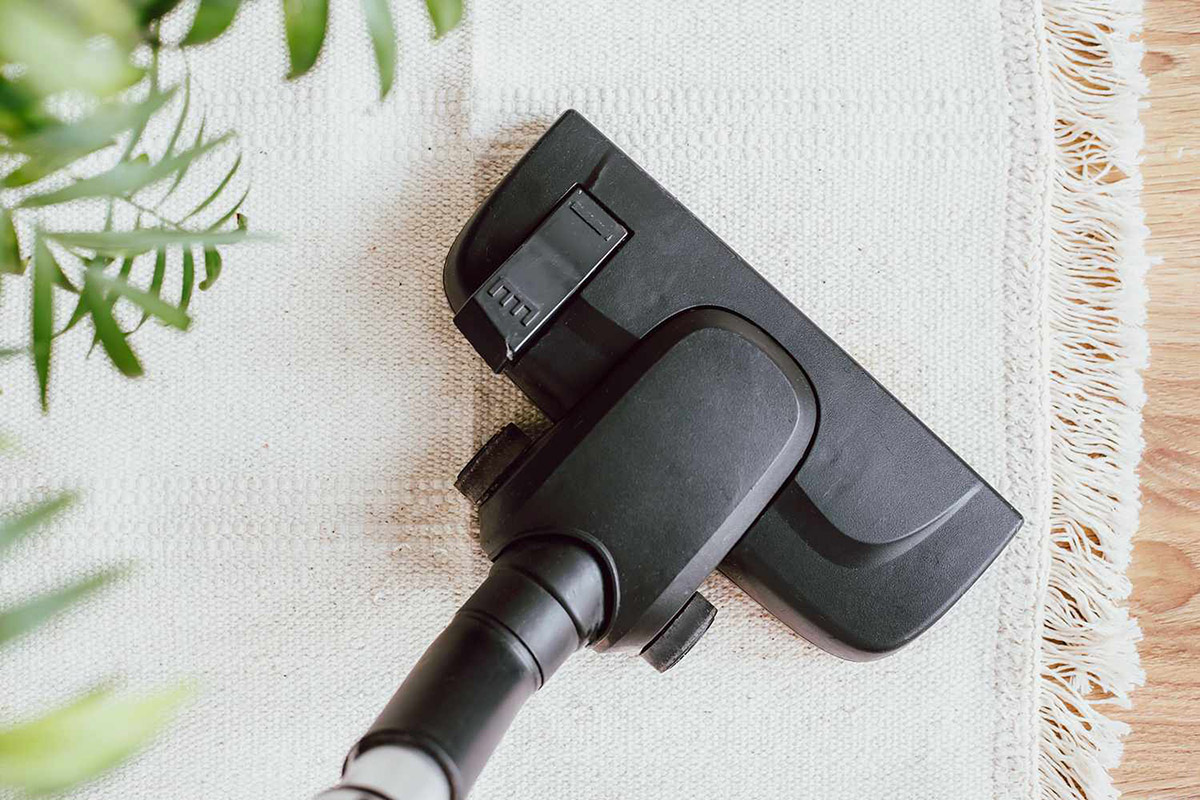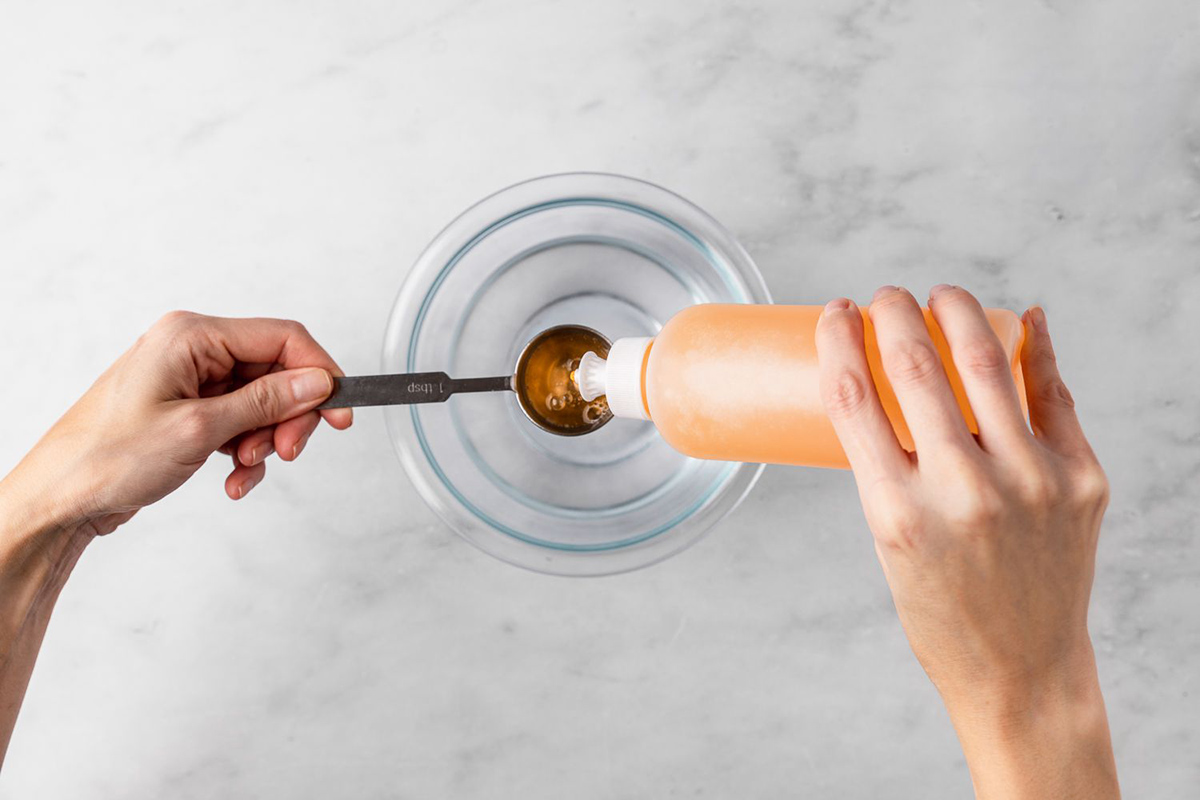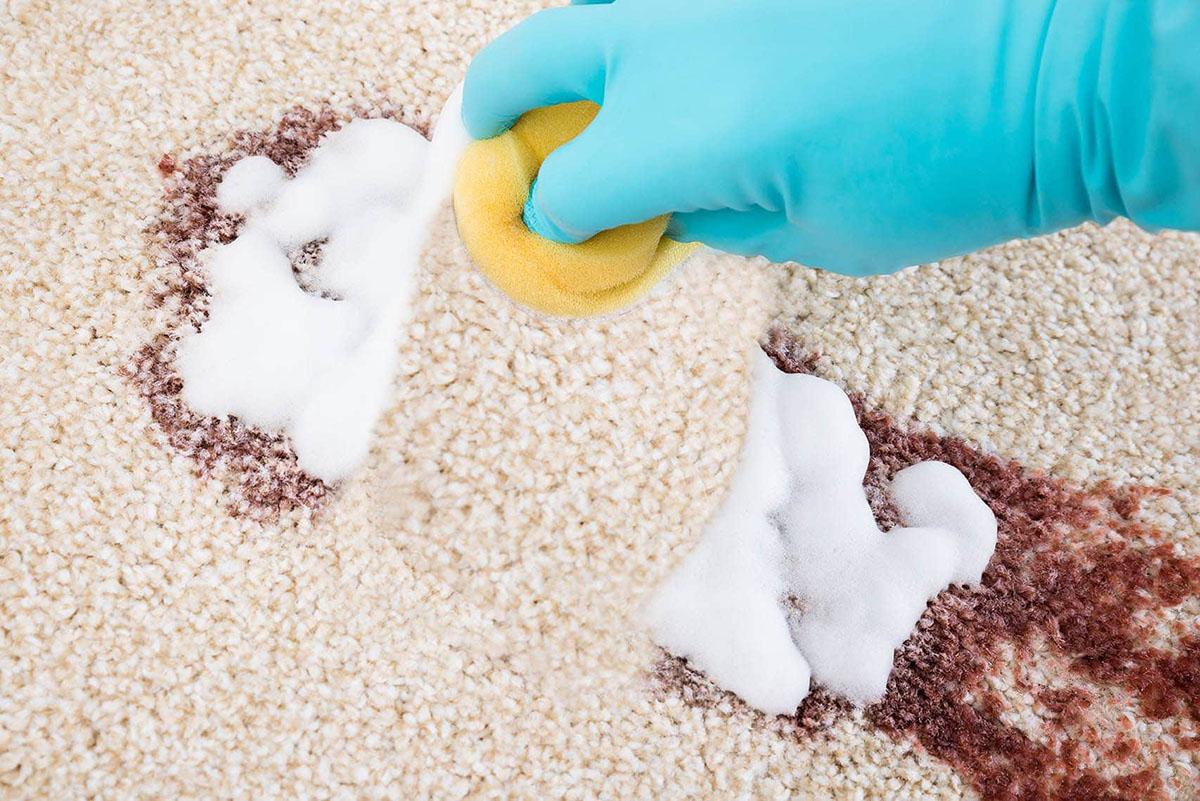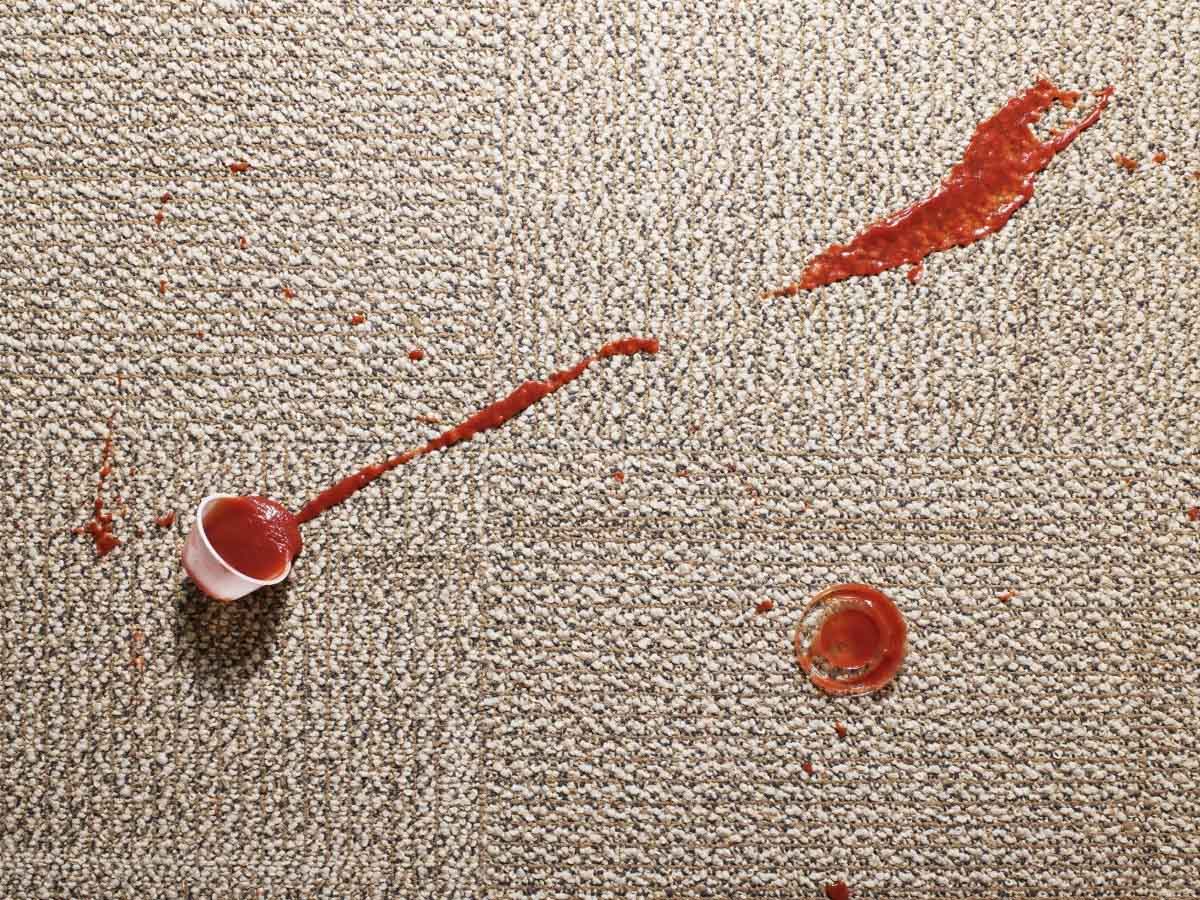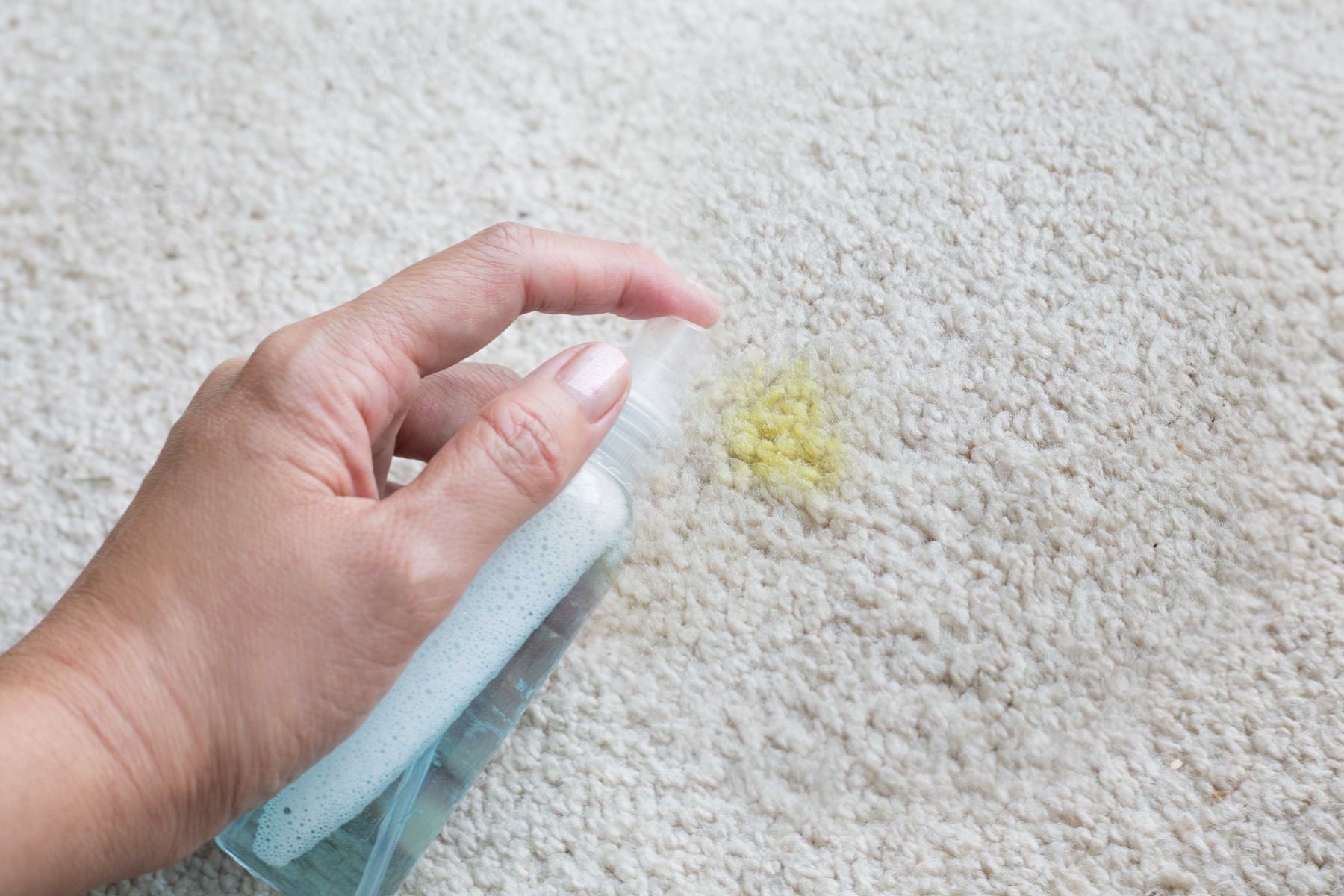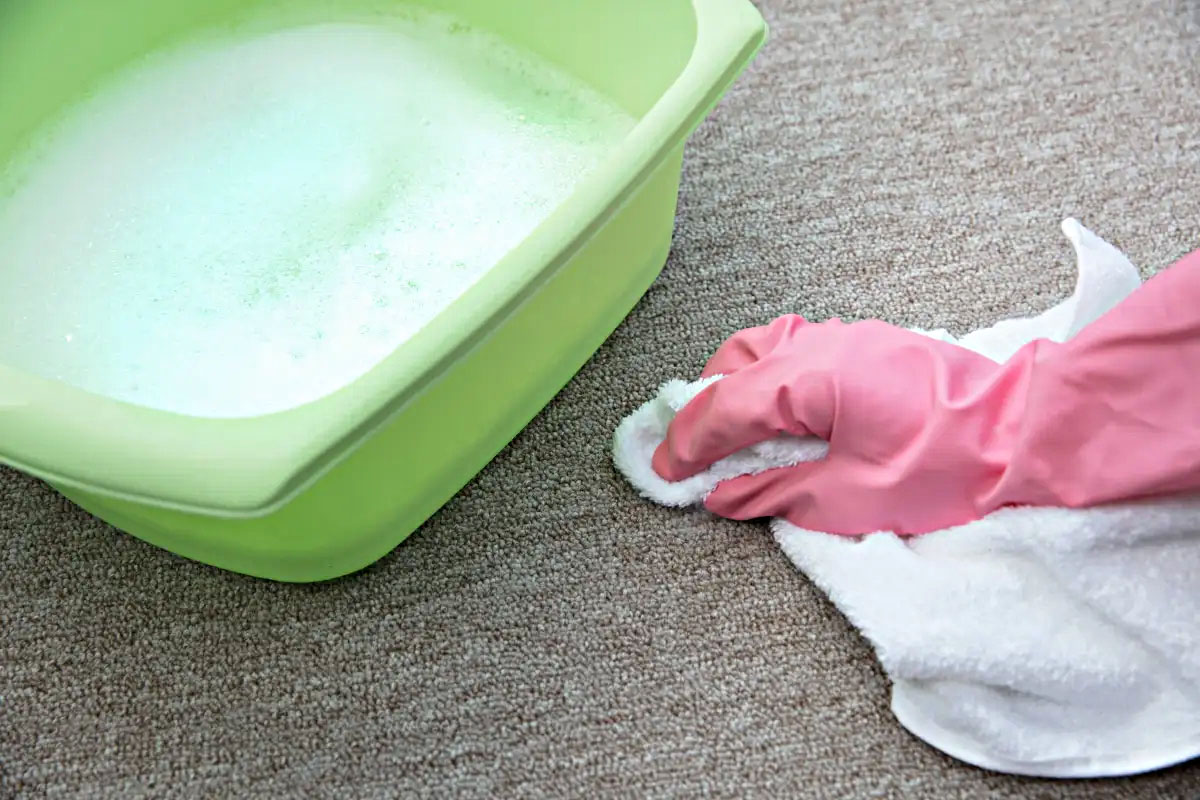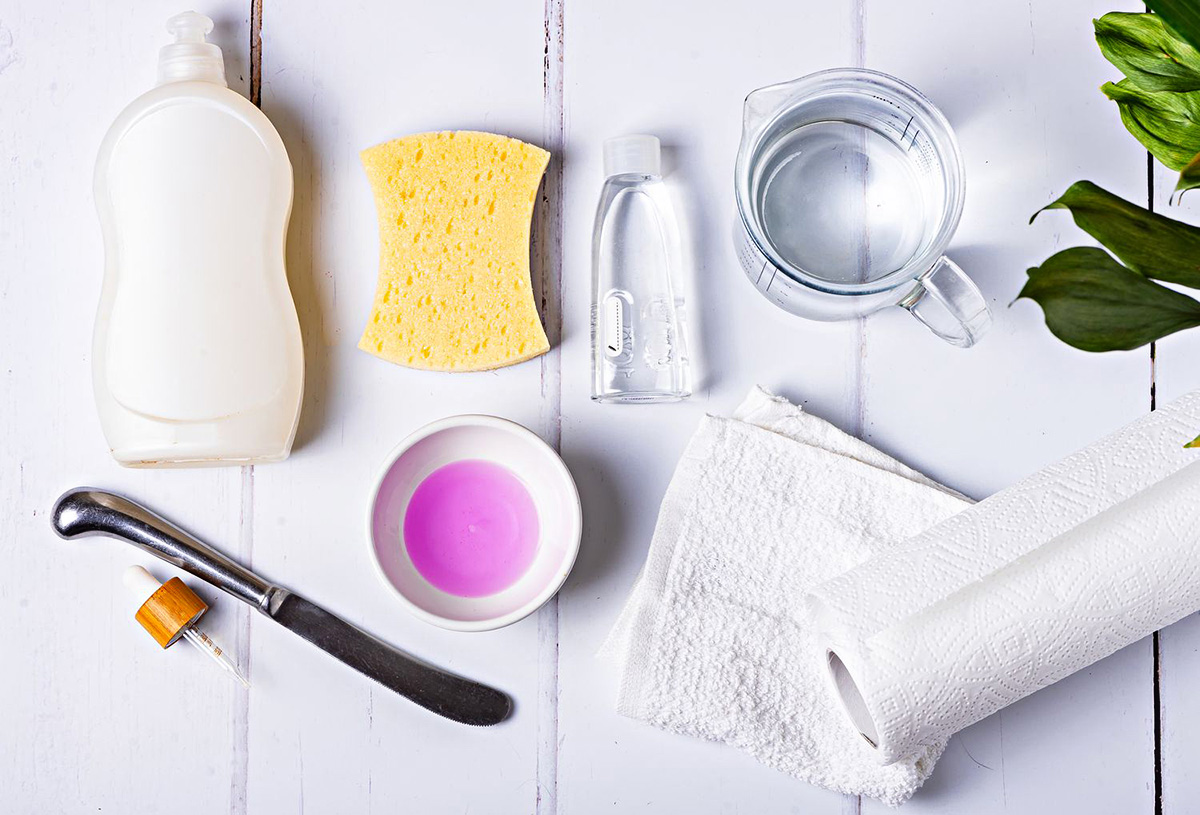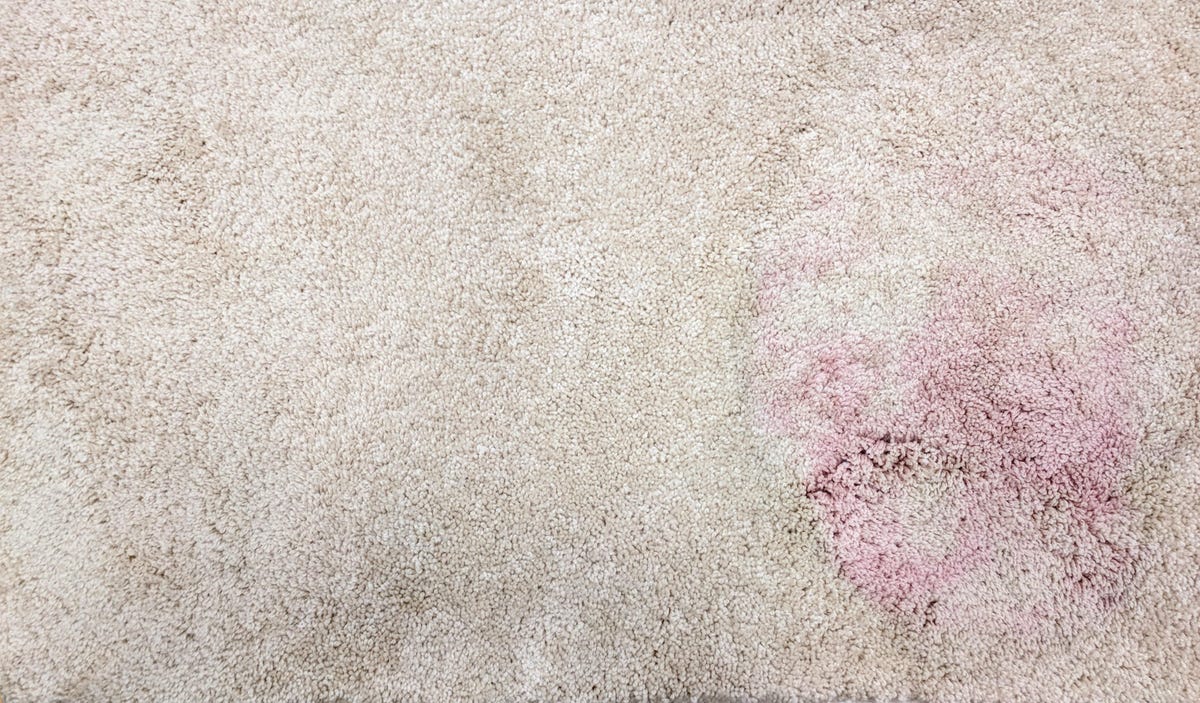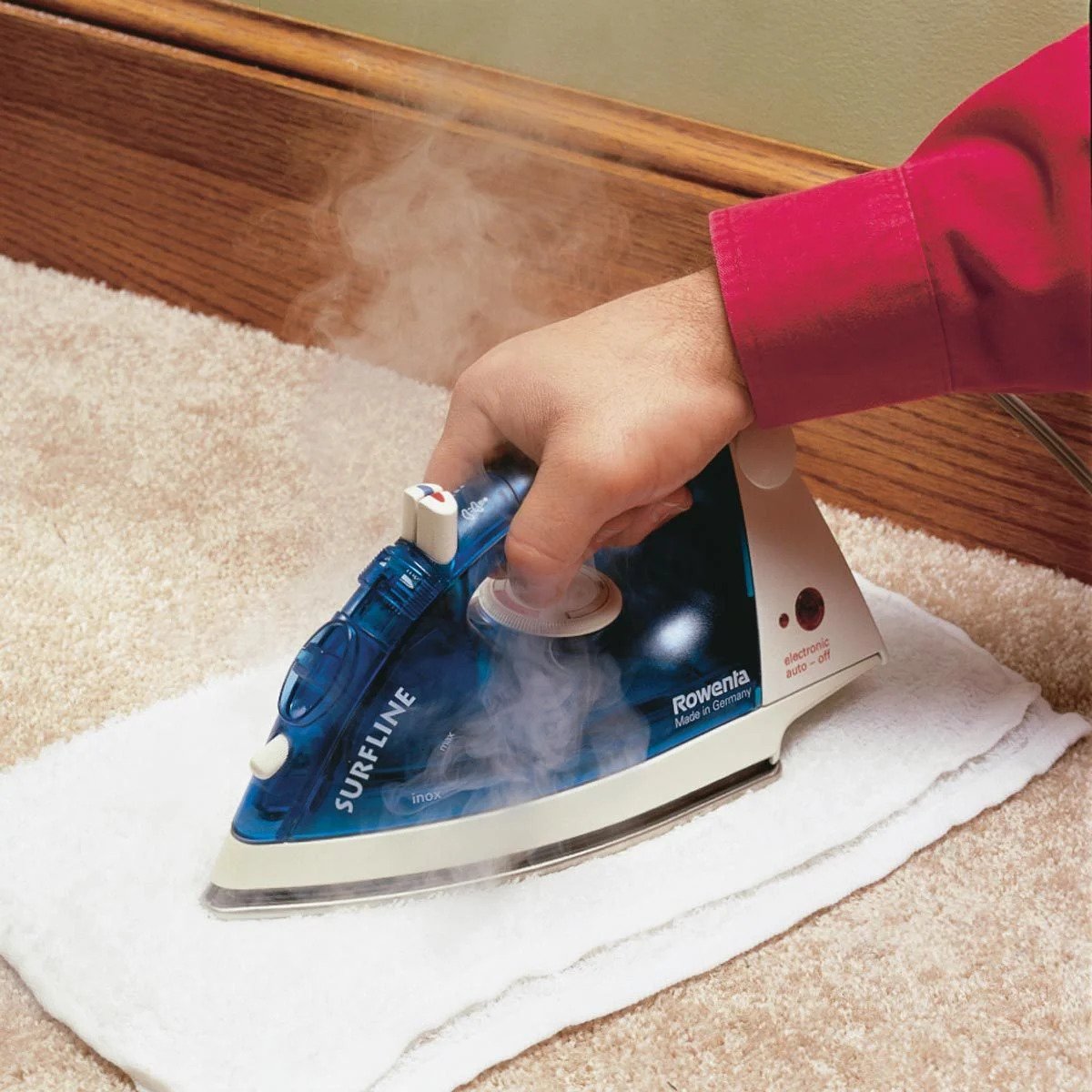

Articles
How To Get An Oil Stain Out Of Carpet
Modified: February 24, 2024
Need help removing oil stains from your carpet? Check out our informative articles for effective tips and tricks!
(Many of the links in this article redirect to a specific reviewed product. Your purchase of these products through affiliate links helps to generate commission for Storables.com, at no extra cost. Learn more)
Introduction
Welcome to our guide on how to get an oil stain out of carpet. Accidents happen, and sometimes, that delicious pasta sauce or a dollop of salad dressing ends up on your pristine carpet. Oil stains can be stubborn and challenging to remove, but fear not! With the right materials and a bit of patience, you can successfully tackle even the toughest oil stains.
Before we dive into the step-by-step process, it’s essential to understand the importance of acting quickly. The longer an oil stain sits on your carpet, the more it penetrates the fibers and becomes more challenging to remove. Ideally, you should aim to address the stain as soon as possible to maximize your chances of success.
So gather your materials, roll up your sleeves, and let’s begin the journey to a stain-free carpet!
Key Takeaways:
- Act quickly and follow the step-by-step process to effectively remove oil stains from your carpet. Patience and persistence are key to achieving the best results.
- Prevention is key! Place mats in high-traffic areas, avoid eating oily foods near carpets, and clean up spills promptly to minimize the chances of oil stains.
Read more: How To Get Dried Oil Stain Out Of A Carpet
Materials Needed
Before you start tackling the oil stain, make sure you have the following materials ready:
- White cloth or paper towels: These will be used for blotting and absorbing the excess oil from the carpet.
- Dish soap: Opt for a mild liquid dish soap, as it is gentle on carpets and effectively breaks down oil stains.
- Warm water: You will need warm water to dilute the dish soap and create a cleaning solution.
- Soft-bristle brush or sponge: This will help with scrubbing the stain without damaging the carpet fibers.
- Baking soda: Baking soda is a natural absorbent that can help lift any remaining oil residue and eliminate odors.
- Vacuum cleaner: A vacuum cleaner is essential for removing baking soda and any loosened particles from the carpet.
It’s important to note that you should avoid using colored towels or sponges, as they may transfer dye onto the carpet. Stick with white materials to prevent any additional staining.
Now that you have gathered all the necessary materials let’s move on to the step-by-step process of removing oil stains from your carpet.
Step 1: Blotting the Stain
The first step in removing an oil stain from your carpet is to quickly blot up as much of the oil as possible. This will prevent the oil from spreading and getting further embedded in the carpet fibers. Follow these steps:
- Take a white cloth or paper towels and gently blot the stain. Do not rub, as rubbing can push the oil deeper into the carpet.
- Continue blotting until no more oil transfers to the cloth. If the cloth becomes saturated, switch to a clean one.
- If the stain is fresh and the oil hasn’t completely soaked into the carpet, this step alone may be sufficient to remove the stain.
Remember, it’s important to act quickly and blot the stain as soon as possible to prevent it from setting in. By removing as much of the oil as you can in this initial step, you’ll set yourself up for success in the subsequent cleaning steps.
Next, we’ll move on to creating a dish soap solution to treat the remaining oil stain on your carpet.
Step 2: Applying Dish Soap Solution
Now that you have blotted up the excess oil stain, it’s time to create a dish soap solution to further break down and remove the remaining oil. Follow these steps:
- In a small bowl, mix a few drops of mild liquid dish soap with warm water. Aim for a solution that is about one part dish soap to two parts water.
- Gently stir the solution to ensure it is well mixed.
- Dampen a clean white cloth or sponge with the dish soap solution, making sure it’s not soaking wet.
- Lightly blot the remaining oil stain with the cloth or sponge, working from the outer edges of the stain towards the center.
- Avoid rubbing or scrubbing vigorously, as this can damage the carpet fibers. Instead, use gentle, circular motions to lift the stain.
- Continue blotting with the dish soap solution until you see the stain fading.
If necessary, you can periodically rinse the cloth or sponge with clean water and continue blotting. This helps remove any soap residue that may be left behind on the carpet.
Now that you’ve successfully treated the oil stain with the dish soap solution, it’s time to move on to the next step: scrubbing the stain to further loosen and lift the remaining oil.
Step 3: Scrubbing the Stain
After treating the oil stain with the dish soap solution, it’s time to take a more active approach and gently scrub the stain to further lift and remove the oil residue. Here’s how:
- Take a soft-bristle brush or sponge and dampen it with clean water.
- Gently scrub the area of the stain in circular motions. Be careful not to scrub too vigorously, as this can damage the carpet fibers.
- Continue scrubbing for a few minutes, focusing on the stained area.
- Rinse the brush or sponge frequently with clean water to remove any oil residue.
- Periodically blot the area with a clean white cloth or paper towels to check for progress.
- If necessary, reapply the dish soap solution and continue scrubbing until the stain is no longer visible.
Remember, patience is key during this step. Take your time and ensure thorough scrubbing to effectively remove the oil stain from the carpet fibers.
Once you’re satisfied with the results, it’s time to move on to the next step: using baking soda to further enhance the stain removal process.
Blot the oil stain with a paper towel to absorb as much as possible. Then, apply a small amount of dish soap and water to the stain, and gently scrub with a brush. Rinse with water and blot dry. Repeat if necessary.
Read more: How To Get Pet Stains Out Of A Carpet
Step 4: Using Baking Soda
Baking soda is a versatile cleaning agent that can help absorb any remaining oil residue and eliminate odors. Follow these steps to utilize baking soda in the stain removal process:
- Sprinkle a generous amount of baking soda directly onto the affected area of the carpet.
- Use your fingers or a clean cloth to gently work the baking soda into the carpet fibers.
- Allow the baking soda to sit on the stain for at least 15-20 minutes. This will give it time to absorb the remaining oil.
- Once the time has elapsed, use a vacuum cleaner with a brush attachment to thoroughly remove the baking soda from the carpet.
- Make sure to vacuum the area multiple times to ensure all the baking soda is removed.
Baking soda not only helps absorb the oil but also leaves your carpet smelling fresh and clean. It’s a natural and cost-effective solution for stain removal.
If the stain is still visible after following the above steps, don’t worry. Sometimes deep or stubborn oil stains require a bit more effort. In such cases, you may need to repeat the steps or consider seeking professional assistance.
Now that you’ve successfully used baking soda to further enhance the stain removal process, it’s time to move on to the final step: vacuuming the area to ensure a clean and fresh carpet.
Step 5: Vacuuming the Area
After using baking soda to absorb the remaining oil residue, it’s important to thoroughly vacuum the area to remove any loosened particles and ensure a clean and fresh-looking carpet. Follow these steps to complete the process:
- Ensure that the baking soda has been sitting on the stain for at least 15-20 minutes.
- Attach the brush attachment to your vacuum cleaner.
- Starting from the outer edges of the stained area, slowly and methodically vacuum the carpet.
- Make sure to go over the stained area multiple times to ensure all the baking soda and loose particles are suctioned up.
- Continue vacuuming the entire carpeted area to ensure no residue or debris remains.
By vacuuming the carpet, you not only remove the baking soda but also give the carpet a fresh and polished appearance. It’s a crucial step in completing the stain removal process.
Now that you’ve successfully vacuumed the area, it’s time to assess the stain’s appearance. If it’s completely gone, congratulations! You’ve successfully removed the oil stain from your carpet. If there is still some discoloration or remnants of the stain, you may need to repeat the process or seek professional assistance to achieve the desired results.
In our final step, we’ll summarize the entire stain removal process and provide some additional tips and considerations.
Step 6: Repeat if Necessary
Sometimes, despite your best efforts, stubborn oil stains may require more than one round of cleaning. If the stain is still visible after completing the previous steps, don’t worry—there’s still hope! Here’s what you should do if you find yourself in this situation:
- Assess the stain: Take a close look at the stain and determine how much progress you’ve made so far. If it has lightened significantly but is still visible, you can proceed with another round of cleaning.
- Start from step 1: Begin the process again, starting with blotting the stain to remove any excess oil. Follow through with steps 2 to 5, making sure to repeat each step diligently.
- Be patient: Some oil stains, especially those that have been left untreated for an extended period, may require multiple cleaning attempts before they are fully removed.
- Consider professional assistance: If you’ve followed all the steps but the stain remains stubborn, it may be time to seek the expertise of professional carpet cleaners. They have specialized tools and techniques that can effectively remove even the toughest oil stains.
Remember, every carpet is unique, and the effectiveness of the stain removal process can vary. Patience, persistence, and adapting the methods to suit your specific situation are key to achieving the best results.
Now that we’ve covered the step-by-step process of getting an oil stain out of carpet, let’s conclude with some final thoughts.
Conclusion
Removing an oil stain from your carpet may seem daunting, but with the right materials and a systematic approach, it is entirely possible to restore your carpet to its former glory. Remember, the key is to act quickly and follow the steps outlined in this guide.
Start by blotting the stain to remove as much excess oil as possible. Then, create a dish soap solution to treat the remaining stain, followed by gentle scrubbing to further lift the oil. Next, use baking soda to absorb the residue and eliminate odors. Finally, vacuum the area to remove any remaining particles.
In some cases, the stain may require multiple cleaning attempts or professional assistance. It’s essential to be patient and persistent in your efforts, adapting the process to suit your specific situation.
Keep in mind that prevention is the best way to avoid oil stains in the first place. Place mats or rugs in high-traffic areas, avoid eating oily or greasy foods near carpets, and clean up spills promptly to minimize the chances of stains forming.
With this comprehensive guide, you now have the necessary knowledge to confidently tackle oil stains on your carpet. So, roll up your sleeves, gather your materials, and bid those stubborn stains farewell!
Remember, maintaining a clean and stain-free carpet not only enhances the aesthetics of your home but also contributes to a healthier living environment. By taking care of your carpet, you can enjoy its beauty and comfort for years to come.
Frequently Asked Questions about How To Get An Oil Stain Out Of Carpet
Was this page helpful?
At Storables.com, we guarantee accurate and reliable information. Our content, validated by Expert Board Contributors, is crafted following stringent Editorial Policies. We're committed to providing you with well-researched, expert-backed insights for all your informational needs.
